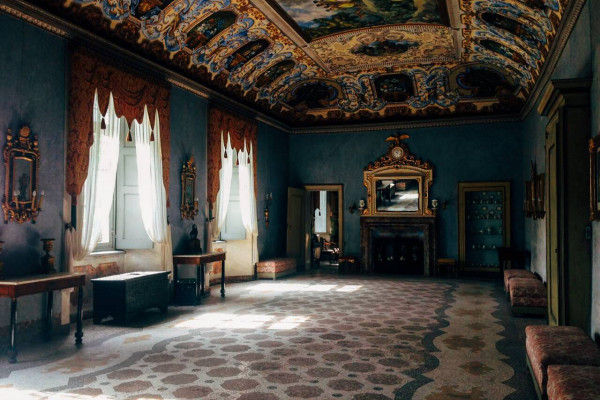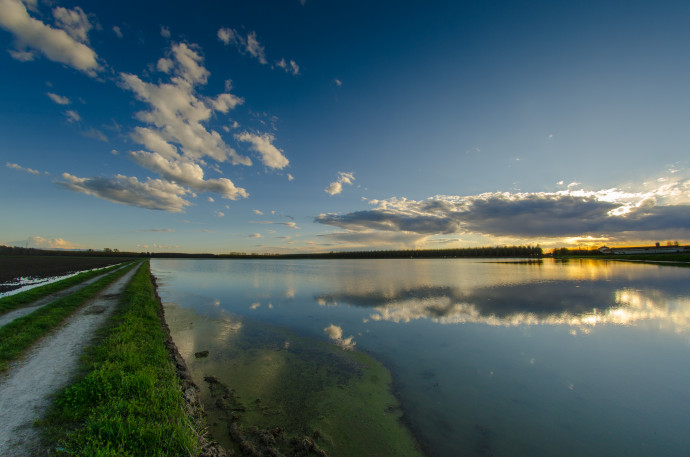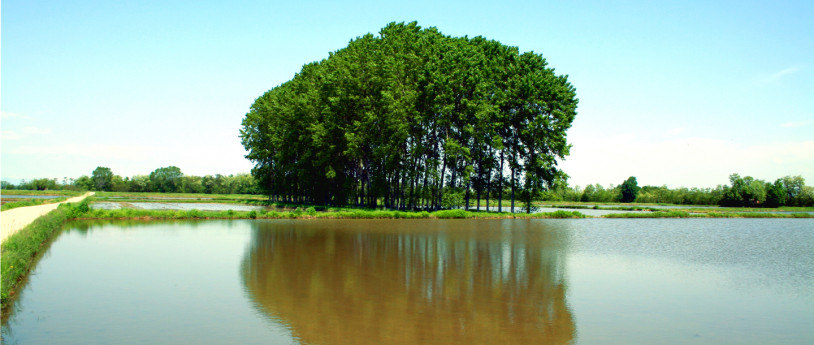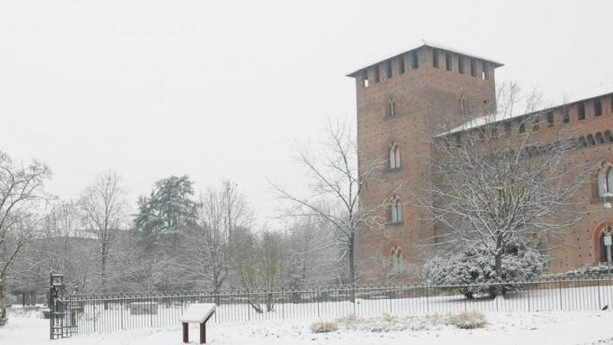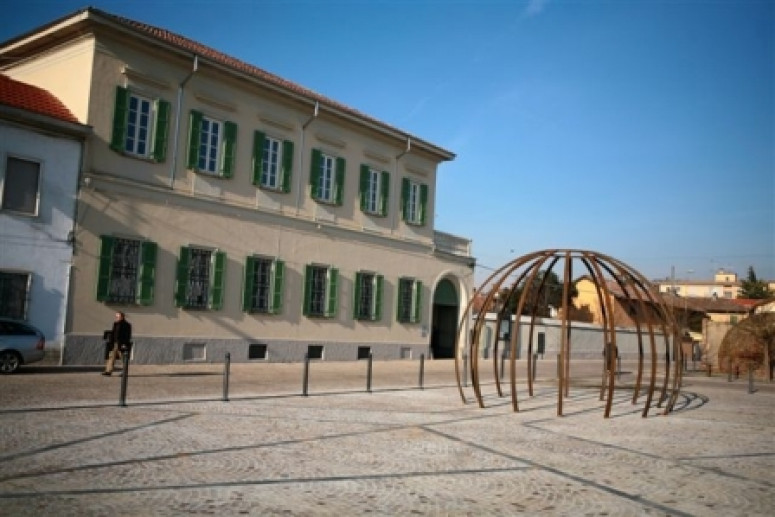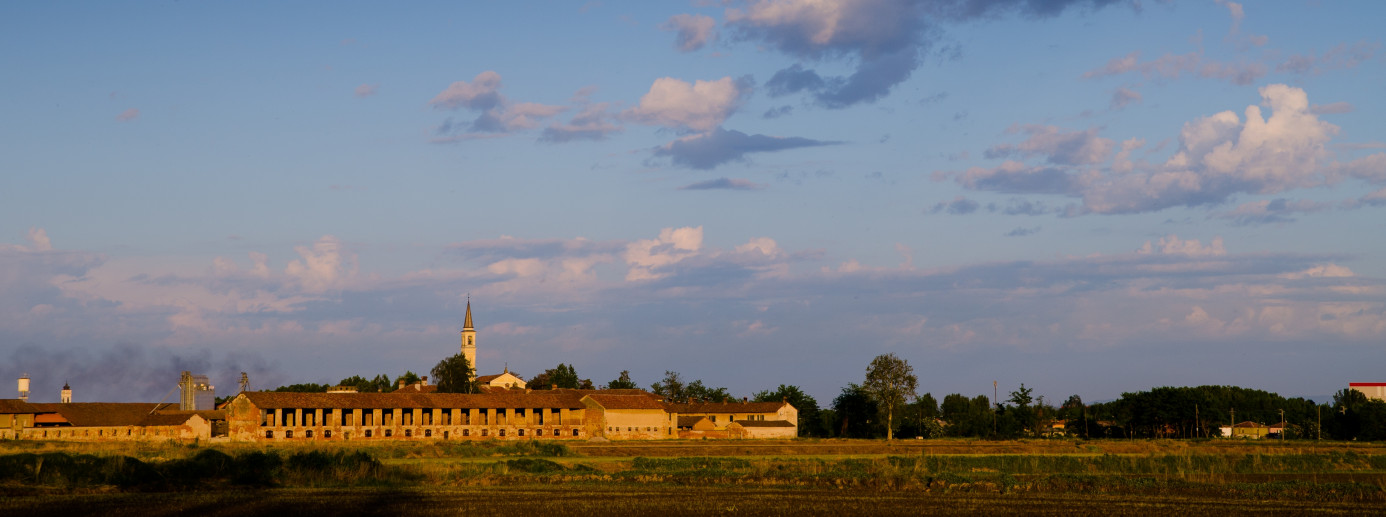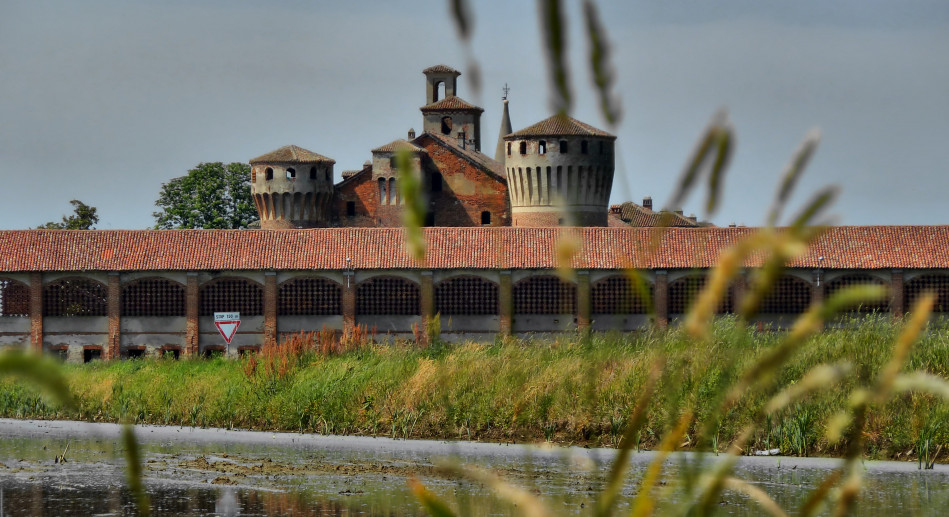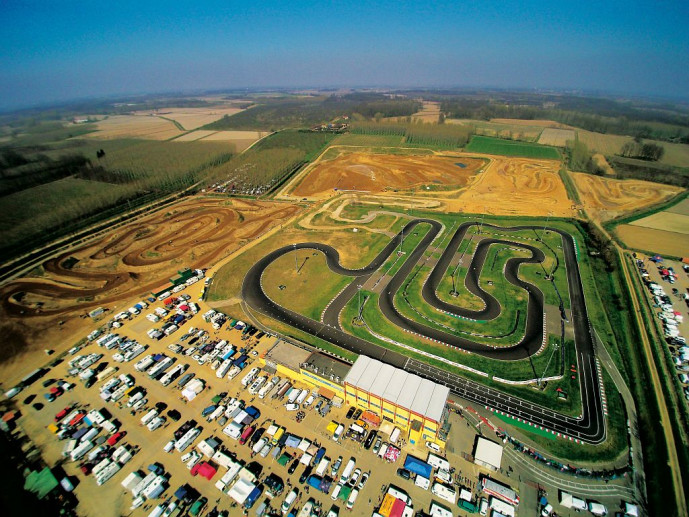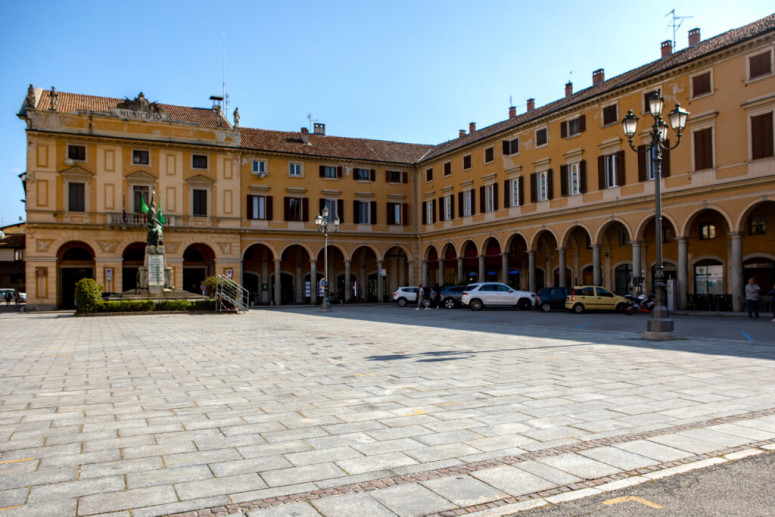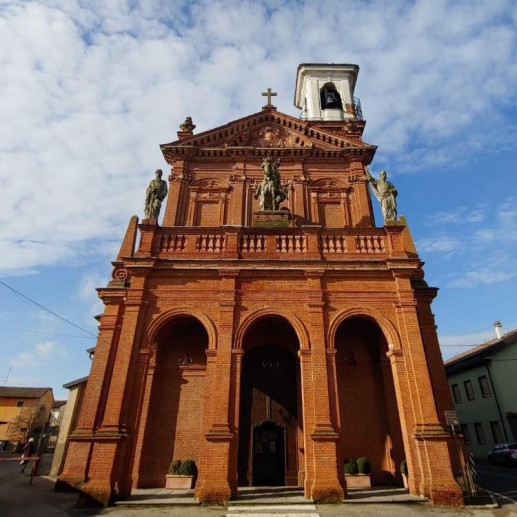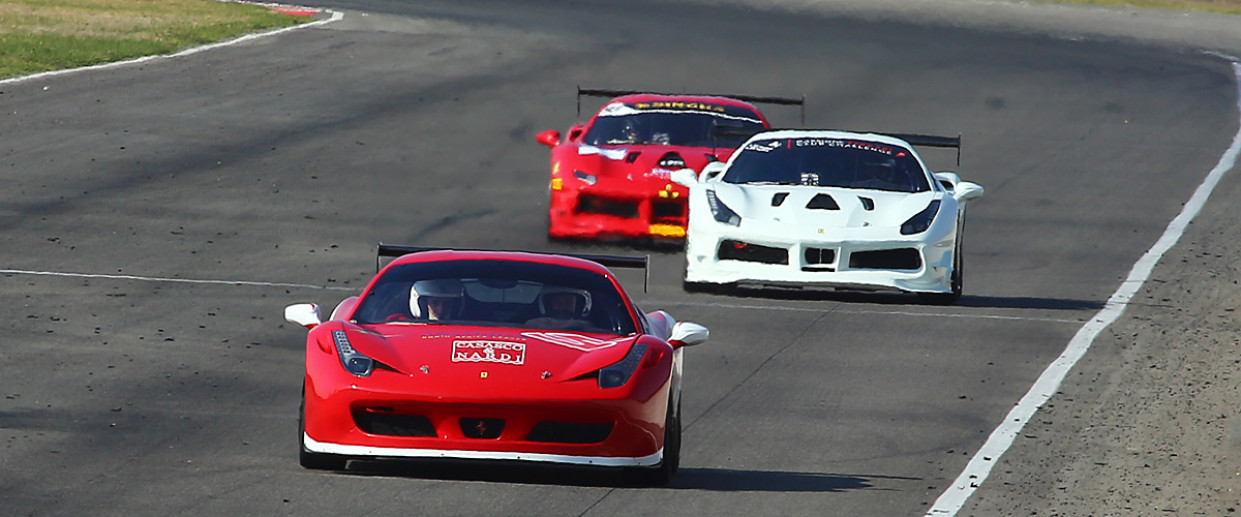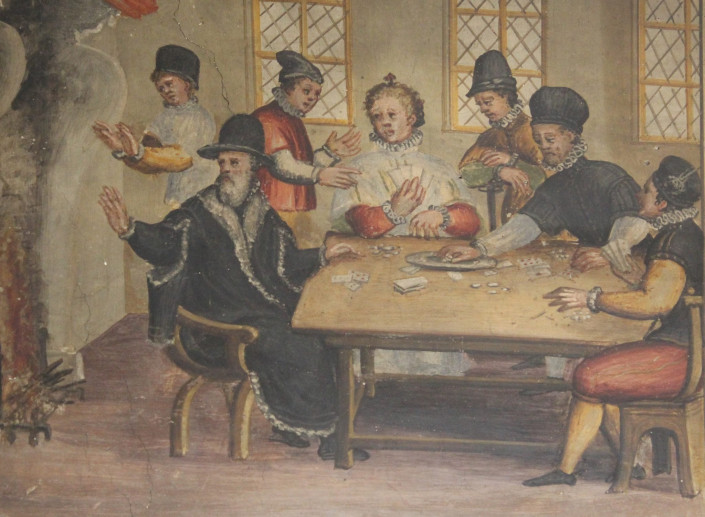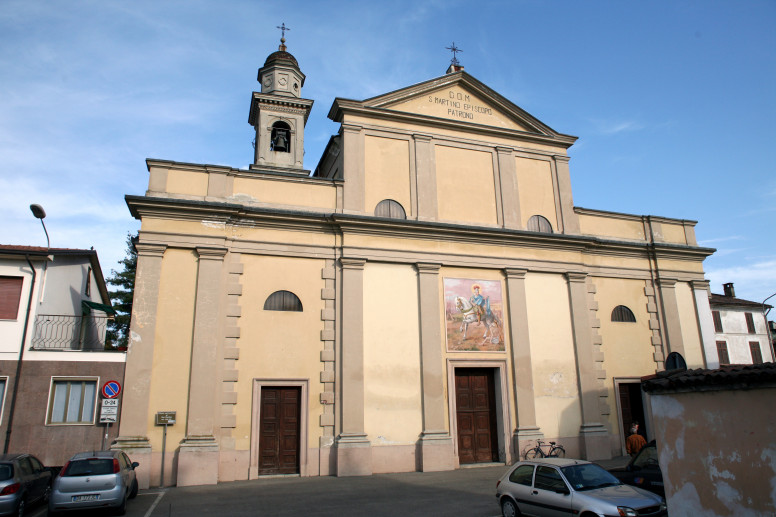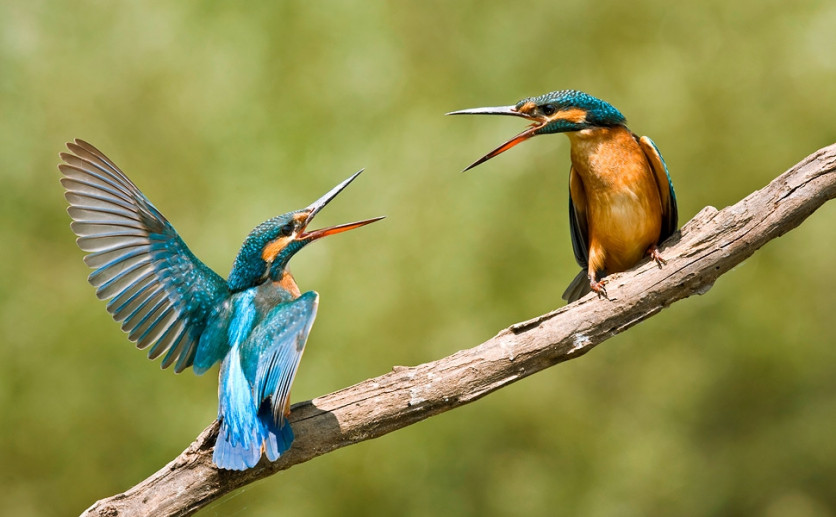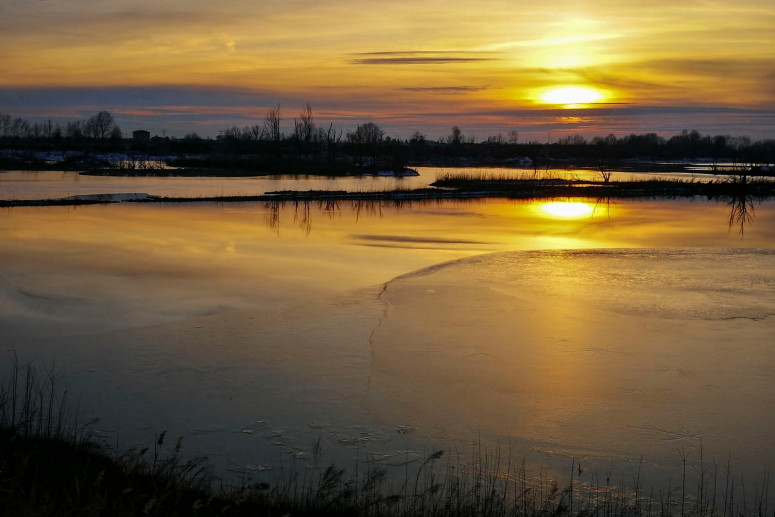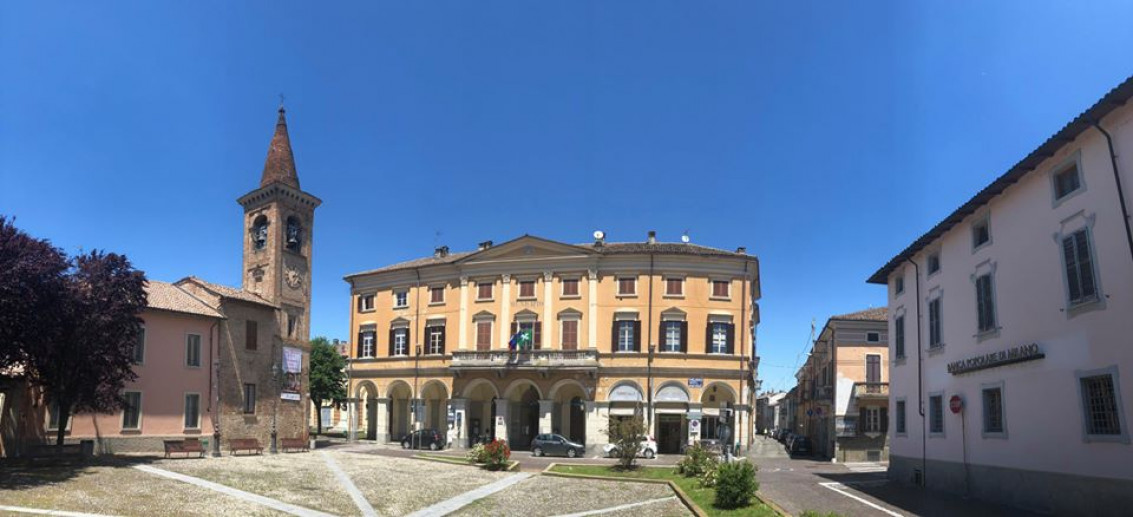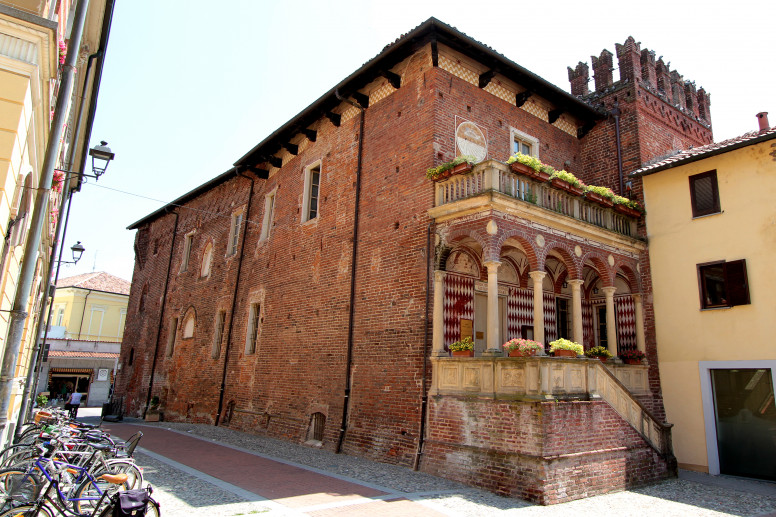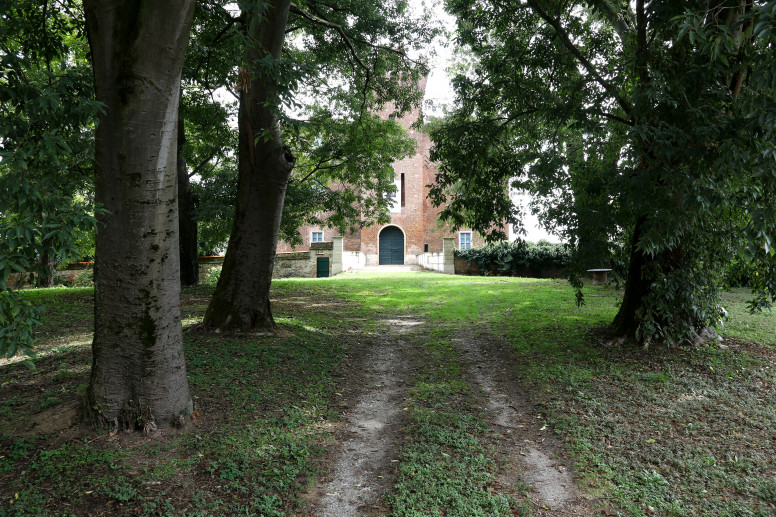- Art & Culture
Castle of Scaldasole
The majestic fortified complex of the Castle of Scaldasole, distinguished by its seven medieval towers, also includes a 15th-century ricetto (fortified refuge), a unique example in the Lomellina area.
Now a private residence — and perhaps originally built during the Lombard period — the castle was reconstructed between the 12th and 13th centuries. During the Renaissance, it was enriched with a portico, a loggia, a garden, a stone staircase adorned with statues, and magnificent stables.
The original core of the castle dates back to the late 10th century. In 1404, Ardengo Folperti, a high dignitary under the Visconti and a member of a noble Pavia family, commissioned architects Milanino de Saltariis and Bernardo and Martino de Soncino to build the ricetto. It served as both a parade ground and a refuge for the local population, while the castle itself became a noble residence.
In the second half of the century, the Marquises Malaspina, new feudal lords of Scaldasole, embellished the castle with a portico and a loggia. The architectural complex, with its seven medieval towers, vaulted ceilings, Renaissance fireplaces, and several state rooms decorated between 1846 and 1858, hosted many distinguished guests: in 1491 Isabella of Aragon, daughter of Alfonso, Duke of Calabria, and betrothed to Gian Galeazzo Sforza, Duke of Milan; in 1497 Emperor Maximilian I of Habsburg; in 1533 Charles V of Habsburg; and, in the 19th century, Count Camillo Benso di Cavour and other notable figures of the Italian Risorgimento.
Ownership of the castle and the fief of Scaldasole passed from the Marquises Sannazzaro to the Campeggi family, and in the 14th century to the Folperti. Later, in 1436, Duke Filippo Maria Visconti granted it to Messer Iñigo d’Avalos, Count of Ribaldeo and Chamberlain of the Duchy, and in 1444 to Giovanni Pietro da Sesto, who returned it to the Folperti in 1451.
Five years later, it came into the hands of Francesco Pico della Mirandola, Count of Concordia, and in 1461, by succession, to his son-in-law Giacomo Malaspina, Marquis of Fosdinovo. In 1577, Marquis Giulio Cesare Malaspina sold it to Count Rinaldo Tettoni, who then transferred it to Cardinal Tolomeo Gallio of Como in 1582. An inventory from that time reveals that the moat was used as a fishpond for the enjoyment of the lord and his guests. The Cardinal’s heirs, the Gallio Trivulzio, Dukes of Alvito, granted perpetual tenure of the castle and adjacent lands to their tenant Carlo Brielli in 1799. In 1804, Giovanni Antonio Strada, a nobleman from Garlasco, acquired full ownership of the castle and the former fief of Scaldasole, which also included a bakery and a winepress located on the nearby farmstead.
Cardinal Tolomeo Gallio, secretary for letters and briefs under Pope Pius IV (1559–1565) and later Secretary of State to Pope Gregory XIII (1572–1585), lavishly arranged the gardens — though today only two huge magnolia trees on the northern side of the moat (which was filled in for the occasion) and a stone staircase adorned with two statues from Vicenza remain. Near the northern entrance, the prelate also built splendid stables, which are still well preserved.
(Source: www.castellodiscaldasole.it)
The Castle of Scaldasole is an ideal setting for prestigious events, conferences, and photo shoots.
The castle also offers guided tours for groups and school classes. Accompanied by the owner, visitors can admire the beauty of this monumental complex, steeped in a thousand years of history and shaped by the remarkable figures and events that made it unique.
The castle, together with its archaeological museum and farm, can be visited by groups or school parties of at least 15 people by reservation:
+39 0382 907779
+39 338 1487696
folperti@castellodiscaldasole.it
Photo: FAI Pavia Delegation
